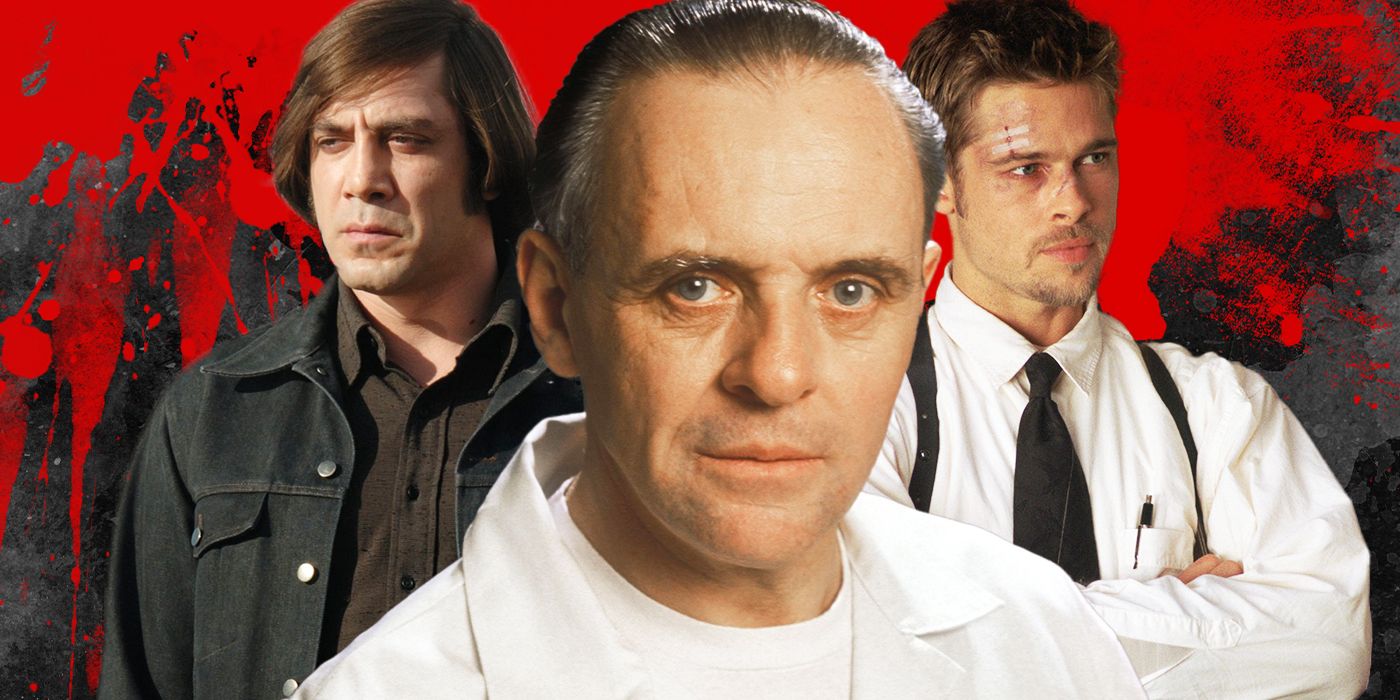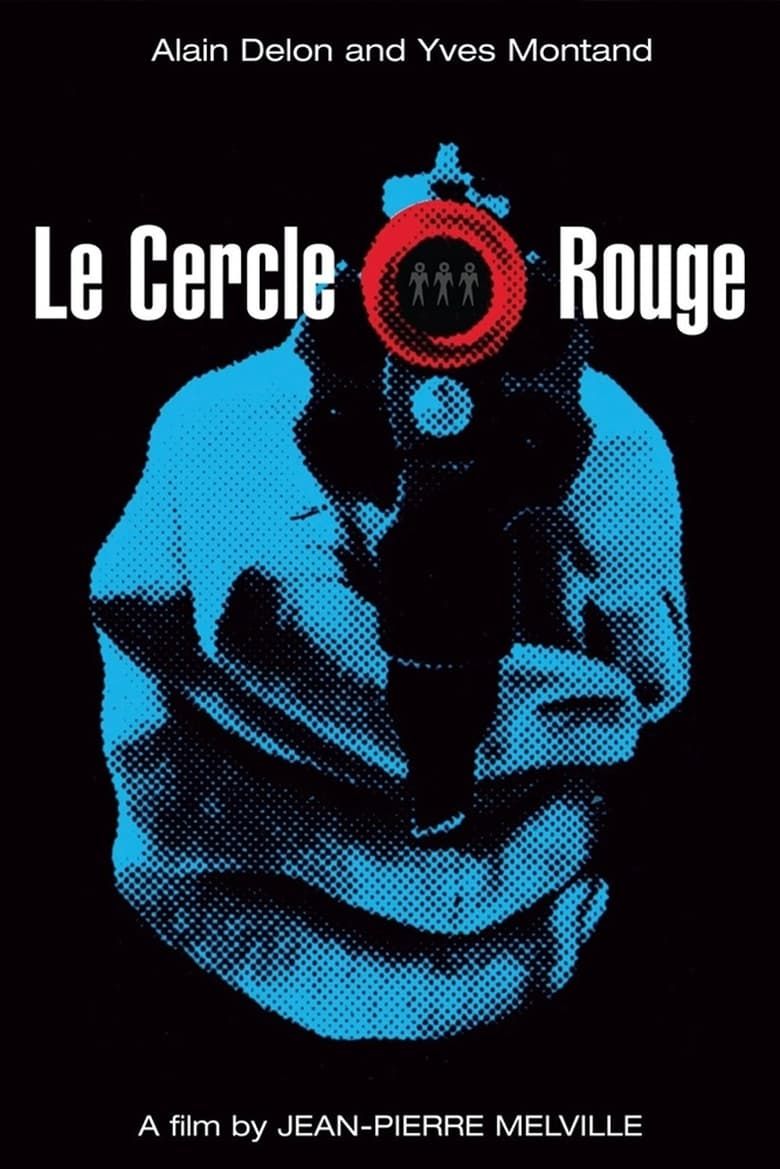
To this day, Jean-Pierre Melville is considered one of the greatest filmmakers in history, and his works have inspired some of the most popular film characters in modern cinema. Every major director from Michael Mann to Quentin Tarantino has cited Melville as an inspiration for their works, even musicians such as the Arctic Monkeys have noted Melville’s influence on their music. Melville was considered one of the Godfathers of the French New Wave film movement in the 1960s, but he’s best known for his stylized crime thrillers of the late ’60s and ’70s.
Melville was considered a rogue during his time, and it is reflected in his characters. Some of his best works feature characters who rebel against the system. Army of Shadows follows French resistance fighters in Nazi-occupied France, while Un Flic centers around a corrupt Police Commissioner who has grown bitter about the system he once fought for. Le Cercle Rouge is no exception; the stylish crime thriller features three men who find themselves on the wrong side of the law and embrace their nature as criminals despite being given a second chance to leave that life behind them.
‘Le Cercle Rouge’ Masterfully Explores the Concept of Fate
Melville revolutionized the crime genre with his 1967 film, Le Samourai. While Le Samourai is his most famous work, it was only the first installment in a trilogy of crime films starring Alain Delon. Three years later, Melville released Le Cercle Rouge, which tells the story of three unlikely criminals who band together to pull off a heist in Paris. The film’s title refers to a quote from Melville, used in the epigraph, which states, “When men, even unknowingly, are to meet one day, whatever may befall each, whatever their diverging paths, on the said day, they will inevitably come together in a red circle.”
In Le Cercle Rouge, the movie’s central characters find themselves in such a circle. When escaped convict Vogel (Gian Maria Volonté) hides himself in the trunk of a random car while trying to elude the police, he has no idea that the car’s owner, Corey (Alain Delon), is an ex-thief released from prison that morning. While Delon also played a character on the wrong side of the law in Melville’s Le Samourai, his new character is far less disciplined than Jef Costello. Fate brings these two together, and along with alcoholic ex-cop Jansen (Yves Montand), they decide to combine their skill sets and rob a jewelry store.

Related
The 18 Best Crime Thriller Movies of All Time, Ranked
These films are best enjoyed with some fava beans and a nice Chianti.
Jean-Pierre Melville Was Ahead of His Time With ‘Le Cercle Rouge’
During an era where Western audiences were becoming re-acquainted with the traditional stories of good vs evil, Melville dared to craft morally repugnant characters that viewers couldn’t help but root for. Le Cercle Rouge was ahead of its time, in that it shows how criminals are forced into a life of crime after they’ve found themselves on the wrong side of the law, as it’s all they know. There is no system in place to rehabilitate them and re-integrate them into society effectively. Le Commissaire Mattei (André Bourvil) is the vessel for Melville’s philosophy in the film. A weary Police Officer who understands that all of us are guilty in some way, and the line between cop and criminal often comes down to something as trivial as circumstance. Although he has to capture these criminals, he takes no pleasure in delivering justice to them. Melville expresses a certain honor in being a criminal. Their elaborate heist is doomed from the start, but Corey, Vogel, and Jansen will carry out their duty until the bitter end, even if it costs them their lives.
Le Cercle Rouge is also a masterclass in sound design, wherein the most intense scenes lack any score, forcing the viewer to focus on the ever-present natural sounds of the environment that express the deft focus required by these criminals to execute their job. Melville’s crime trilogy features long, drawn-out scenes with meticulous movement across all three films. He wants the audience to stew in the atmosphere and follow criminals through every step of their process. It presents a less glamorous version of the typical Hollywood thief but results in more admiration for them by showing how laborious their jobs can be.
Le Cercle Rouge provided a unique commentary on the line between right and wrong, making audiences question whether criminals are innately bad people. While this conflict is found in many 21st-century crime films, where morally gray characters have become essential elements of any good story, Melville paved the way back in 1970.
Le Cercle Rouge is currently available to stream on Mubi in the U.S.
WATCH ON MUBI







